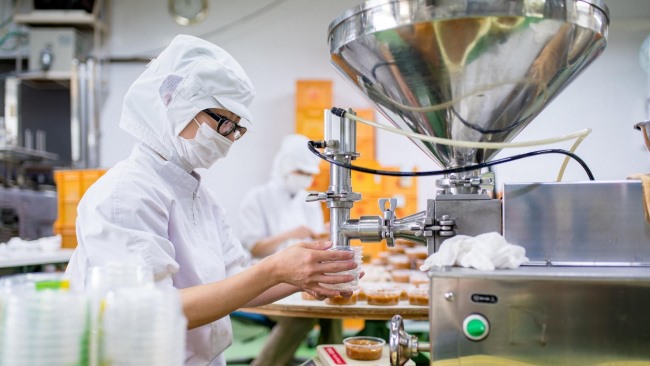Imagine a world where your favorite fruits and vegetables were available year-round, bursting with flavor and packed with nutrients. Or picture convenient, delicious meals that are safe to consume and stay fresh for weeks. This isn’t science fiction – it’s the reality brought to life by food processing techniques!
Food processing techniques has been around for centuries, from basic drying techniques used by ancient civilizations to the sophisticated methods employed in modern food manufacturing facilities. But with a growing emphasis on fresh, healthy, and convenient food options, optimizing processing techniques has become more crucial than ever.
So, how do we ensure the food we eat is not only delicious but also safe and stays fresh for longer? Let’s delve into the fascinating world of food processing techniques and explore how they can be optimized for:
- Enhanced Quality: Maintaining the taste, texture, and nutritional value of food throughout the processing chain.
- Improved Safety: Eliminating harmful pathogens and preventing spoilage to ensure food safety for consumers.
- Extended Shelf Life: Increasing the time food remains safe and edible, reducing waste and enhancing accessibility.
The Processing Powerhouse: A Look at Common Techniques
The food processing industry utilizes a diverse range of techniques, each with its unique advantages and applications. Here are some of the most common ones:
Thermal Processing: Food processing techniques like pasteurization (heating liquids to kill harmful bacteria) and sterilization (applying high heat to eliminate all microorganisms) are essential for ensuring food safety, particularly in dairy products, canned goods, and pre-cooked meals.
Did you know? Pasteurization, invented by Louis Pasteur in the 19th century, has revolutionized milk safety, dramatically reducing the incidence of milkborne illnesses.
- Drying: From the sun-dried tomatoes of the Mediterranean to the freeze-dried fruits adorning your trail mix, drying removes moisture from food, inhibiting spoilage and extending shelf life. Modern techniques like freeze-drying and spray drying offer precise control and preserve the nutritional value of the food more effectively compared to traditional sun-drying methods.
- Chilling & Refrigeration: Keeping food at low temperatures slows down the growth of bacteria, preserving freshness and extending shelf life. This technique is fundamental for storing fresh produce, meats, and dairy products. Did you know? Modern refrigerators are much more efficient than their early counterparts, significantly reducing energy consumption while maintaining optimal storage temperatures.
- Freezing: Quick freezing, where food is rapidly frozen at very low temperatures, locks in flavor and nutrients while preventing microbial growth. This technology has revolutionized food storage, allowing us to enjoy seasonal fruits and vegetables year-round.
- Fermentation: This ancient food processing technique utilizes beneficial bacteria or yeast to transform raw materials (like milk into yogurt or grapes into wine). Fermentation not only enhances flavor and texture but also creates beneficial probiotics that contribute to gut health.
- Aseptic Processing: This advanced technique involves sterilizing both the food product and the packaging material separately before filling the sterilized containers in a sterile environment. This ensures a commercially sterile product with an extended shelf life, eliminating the need for refrigeration.
Optimizing the Process: A Recipe for Success
While each food processing technique offers distinct benefits, the key to success lies in optimizing the processing parameters for each specific food product. Here are some factors to consider:
- Temperature & Time: Precise control over temperature and processing time is crucial to achieve the desired outcome. For example, over-heating during pasteurization can alter the taste and texture of milk, while under-heating could compromise food safety.
- Packaging: Choosing the right packaging material plays a vital role in protecting food from contaminants and maintaining quality throughout the supply chain.
Did you know? The development of aseptic packaging has revolutionized the distribution of shelf-stable milk and juice products, eliminating the need for refrigeration during transportation and storage.
- Minimal Processing: The trend towards minimally processed foods emphasizes gentler food processing techniques to preserve the natural characteristics of the food. This often involves shorter processing times and lower temperatures.
- Minimizing Waste: Modern food processors are increasingly focused on minimizing waste throughout the entire process. This might involve using by-products from one process as ingredients in another, or utilizing innovative technologies to reduce energy consumption during processing.
The Future of Food Processing: Innovation & Sustainability
The demand for innovative and optimized food processing techniques is on the rise, driven by several key factors. Consumers today seek convenient, year-round access to safe and nutritious food options. Food processing techniques play a critical role in achieving this by extending shelf life, enhancing food safety through methods like pasteurization and sterilization, and minimizing spoilage. Additionally, these techniques allow for the creation of exciting new food products like fortified cereals and functional beverages, catering to the growing demand for on-the-go wellness solutions. By optimizing food processing techniques, manufacturers can not only ensure food quality and safety but also reduce waste, improve efficiency, and ultimately, deliver a wider variety of delicious and convenient food options to consumers.
The food processing industry is constantly evolving, with a focus on innovation and sustainability. Here are some exciting developments on the horizon:
- High-Pressure Processing (HPP): This non-thermal technique uses high pressure to eliminate foodborne pathogens while preserving freshness and nutritional value.
- Pulsed Electric Field (PEF): This technology utilizes short, high-voltage electrical pulses to inactivate microorganisms, offering a promising alternative to traditional thermal processing methods.
- Smart Packaging: Innovations in packaging are incorporating sensors that monitor temperature and freshness, allowing for real-time tracking and reducing food waste. Additionally, sustainable packaging materials derived from plant-based sources are gaining traction, aligning with the growing consumer demand for eco-friendly solutions.
Partnering for Success: How SolutionBuggy Can Help You Optimize Your Food Processing Techniques
The Indian food processing market reached INR 25,455 Billion in 2022 and is expected to reach INR 45,345 Billion by 2028, growing at a CAGR of 9.5% during 2023-2028, according to IMARC Group. (Source: Invest UP)
The global Food Processing market size was valued at USD 3189754.35 million in 2022 and is expected to expand at a CAGR of 3.5% during the forecast period, reaching USD 3920145.9 million by 2028. (Source: Industry Research Co)
Optimizing food processing techniques requires expertise and a deep understanding of the complex interactions between different methods and food products. Here’s where SolutionBuggy steps in as your trusted partner:
- Process Design & Optimization: Our team of experienced food processing consultants can help you analyze your current processes, identify areas for improvement, and design optimized processing solutions tailored to your specific needs and product line.
- Equipment Selection & Implementation: We assist you in selecting the most suitable equipment for your chosen processing techniques, considering factors like efficiency, capacity, and cost-effectiveness.
- Quality Control & Food Safety: Implementing robust quality control measures is crucial. SolutionBuggy can help you establish and maintain comprehensive food safety protocols throughout your processing operations.
- Sustainability Integration: We understand the importance of sustainable practices. Our consultants can guide you in incorporating eco-friendly processing techniques and exploring the use of biodegradable packaging materials.
Conclusion: A World of Delicious Possibilities
By embracing innovative and optimized food processing techniques, we can create a win-win situation for everyone. Consumers gain access to a wider variety of safe, nutritious, and convenient food options. Food manufacturers benefit from increased efficiency, reduced waste, and the ability to meet evolving consumer demands.
At SolutionBuggy, we are passionate about the future of food processing techniques. We believe in harnessing the power of technology and expertise to create a food system that is not only delicious but also sustainable and safe for generations to come.
Ready to unlock the potential of optimized food processing techniques for your business? Contact SolutionBuggy today and schedule a consultation with our food processing experts. Together, we can transform your food processing techniques & operations and bring a world of delicious possibilities to life!


